Navigation
- Physical Wear and Damage
- Declining Comfort and Support
- Hygiene and Odor Problems
- Fabric Deterioration Causes Dust and Allergens
- Safety and Structural Issues
- Cost of Frequent Repairs Adds Up
- New Recliner Recommendation from CHITALIVING
- Conclusion
Recliners are essential furniture pieces in many homes, providing comfort and relaxation in living rooms, studies, and bedrooms. But like all furniture, recliners eventually show signs of wear and tear from regular use that necessitate replacement. Knowing the right time to retire an old, worn-out recliner and invest in a new one can be a difficult decision. This comprehensive guide will walk through all the key signs, from physical damage to comfort issues to safety hazards, that indicate a recliner has reached the end of its usable life.
Physical Wear and Damage
Carefully inspect your recliner all over for any visible physical damage that detracts from the appearance and compromises the functionality. Severe fabric damage or wobbly joints will only worsen over time and reduce the chair's longevity.
Fabric is Frayed, Ripped, or Split Along Seams
First, meticulously examine the upholstery fabric on both the main seat/back cushions and the exterior sides and arms of the chair for any fraying, rips, tears, holes, or split seams. Check under thick cushions and along the interior sides as well. Any damage that exposes the inner foam or allows dust and dirt inside the cushions will likely spread over time as the fabric continues to deteriorate with use.
Foam and Stuffing is Visibly Loose or Falling Out
Press down on the cushions and back pillows to check for obvious indentations, depressions, or lack of structural support. Also, look for any protruding stuffing, loose chunks of foam, or openings where the inner material is coming out. If the foam padding or fiberfill stuffing has broken down and become misshapen or uneven, it greatly reduces comfort and needs replacement.
Reclining Mechanisms Are Broken or Malfunctioning
Test the chair's reclining functions to make sure the leg rest and backrest extend and retract smoothly without noisy grinding or sudden collapsing motions. Listen closely for squeaking or clicking sounds when reclined, which signal issues with the internal gears and levers. If the chair does not recline fully or is difficult to adjust, the mechanical parts likely need repair or replacement.
Underlying Frame Feels Loose or Unstable
Carefully grab sections of the frame and give them a gentle shake to check for excessive wobbliness or loosening of the joints between the seat, backrest, arms, and legrest. Try rocking the chair from side to side on the floor as well. If the frame feels loose, that stress can damage the reclining mechanisms and fabric.

Quality leather with regular maintenance can reasonably extend the life of the product.
Declining Comfort and Support
A recliner that leaves you feeling sore, cramped, or fatigued after use instead of relaxed and rejuvenated needs reevaluation. Comfort and ergonomics issues usually arise from compression and wear of the internal cushioning.
Difficulty Sitting Comfortably or Reclining Smoothly
Sit for a while and assess if the chair still provides comfortable, even support for your back, neck, shoulders, and hips without sagging or hard pressure points. Also, recline slowly and notice if you must exert extra force to lower the backrest fully or if it no longer stays locked in different positions. Difficulty sitting or reclining indicates upholstery and support issues.
Reduced Lumbar and Neck Support Leading to Stiffness or Pain
Try pressing your hand into the back pillows and cushions to test if they quickly flatten out instead of providing firm support. Thinner, compressed cushions cannot support the natural curvature of the lower back properly. Insufficient neck and head support also causes painful stiffness over time. Replacing the stuffing restores ergonomics.
Bothersome Noise and Vibration During Movement
Listen for creaking sounds from the joints or loud squeaks and grinding noises from the reclining mechanisms while adjusting positions. These sounds indicate age and excess friction that makes relaxation difficult. The vibrations also signal future breakdown.

GGG and UL Certification ensure long term safe use of Tracee Power Recliner
Hygiene and Odor Problems
Unfortunately, recliners absorb odors, dirt, and stains from skin, foods, drinks, and pets over years of use that appear unappealing and can lead to unhealthy conditions.
Stains and Ground-In Dirt are Impossible to Remove
Inspect fabric for a buildup of difficult grease, food, and drink stains that remain discolored and soiled even after deep cleaning. Also, check for grimy dirt accumulation in detailed patterns that attract allergens. These accumulate over time and cannot be fully removed as the fabric ages.
Unpleasant Odors Embedded in Fabric
Take a whiff and notice any lingering odors from smoke, perspiration, pets, leftover foods, or musty buildup that remain no matter how much you clean and air out the chair. The worn, aged fabric traps in smells over years of use.
Fabric Deterioration Causes Dust and Allergens
Examine fabric closely for brittleness, thinning, or yellowing, especially in frequently contacted areas like the arms and headrest. Deteriorating, damaged fabric collects more dirt, dust mites, and allergens. Stains also set in more stubbornly.
Outdated Style and Appearance
Even structurally sound recliners eventually appear outdated due to faded, discolored fabric and styles that clash with newly renovated décor.
Fabric Colors Look Washed-Out and Faded
Take note if the original vibrant upholstery colors have become dull, muted, and faded from years of sunlight exposure. Staining and accumulated dirt also dull hues over time.
Patterns and Styles Clash With Room
While still functional, the dated upholstery pattern and style of your recliner may stand out instead of blending in with newly renovated furnishings and décor in the same room.
General Signs of Aging Add Clutter
Faded areas, pilling, fabric wrinkles, sagging, loose stuffing, and scuff marks make even clean recliners look worn out and cluttered next to newer, matched furniture.
Lack of New Functional Features
If other seating in your home now all offer added conveniences like USB charging ports, Bluetooth speakers, adjustable lumbar supports, and storage consoles, an aging recliner lacks these useful upgrades.
Safety and Structural Issues
Recliners with loose or faulty components, damaged mechanisms, or unstable bases pose safety risks that only worsen with continued use. Prioritize replacement if you notice any hazards.
Loose Seams Could Rip or Snag On Clothes
Run hands along seams, Tufts, and folds, checking for loose stitching, and stretched or thin areas that could easily catch on clothes, jewelry, or skin. Damaged seams also risk larger tears.
Reclining Failure Could Cause Sudden Falls
Test reclining smoothly and listen for grinding noises. If extensions no longer stay locked securely, sudden collapse while reclined could lead to falls and serious injury.
Instability Risks Dangerous Tipping If Knocked Over
Carefully rock or tilt the chair to check for unevenness that causes it to tip over too easily. Unstable recliners leave an extended risk of falling onto and harming children, pets, or people walking by if accidentally knocked
Cost of Frequent Repairs Adds Up
If you have already sunk a lot in repeated repairs and replacements of worn parts, investing in a new recliner makes economic sense before putting in more money.
Repairs Exceeding Over 50% Cost of Replacement
Tally up costs of multiple repairs of the upholstery, springs, filling, and mechanical parts over the years. If they exceed 50% of the original purchase price, repairs are likely to continue mounting.
Parts No Longer Available or Very Expensive
For older models, manufacturers discontinue replacement parts, making repairs extremely difficult, delayed, and overpriced. Check the availability of specific components before sinking more into repairs.
New Recliner Recommendation from CHITALIVING
The Joy Power Swivel Recliner is an ideal option for consumers seeking a comfortable, convenient, and modern recliner. This model combines must-have features for whole-body relaxation with quality upholstery and construction that enhances any living space.

The power gliding recline adjusts smoothly from upright to fully laid-back at 110-135 degrees, allowing you to find the perfect positions for reading, watching TV, or napping. The easy-to-reach side panel makes reclining effortless, while padded chaise footrests provide full leg support. After long days, the plush headrest and body-contouring cushions cradle you in comfort. Just sit back and let its reliable Leggett & Platt mechanism gently rock you to sleep.
When it's time to get up, the swivel base rotates a complete 270 degrees for easy accessibility without straining your back and knees. The convenient USB charging port lets you power up devices right from the chair. With hardy pine wood framing and durable leather or microfiber upholstery that's simple to clean, this recliner is built to last while suiting any décor. Assembly takes just minutes.
For affordable long-term comfort, the Joy Power Swivel Recliner is a wise investment that will become your favorite relaxation destination for years to come.
Conclusion
Recliners are designed to provide many years of reliable comfort and support. But accumulated wear over time eventually necessitates replacement to restore full function and relaxation. Carefully examine your aging recliner for damaged upholstery, wobbly frames, compressed cushioning, and broken reclining mechanisms. Also, critically evaluate odor, stains, safety hazards, high repair costs, and outdated appearances that detract rather than add comfort to your home. Addressing these issues through proactive replacement preserves comfort and prevents more serious safety issues down the road. With some wise shopping, you can find a new recliner like the Joy Power Swivel Recliner that will last over a decade and provide your family with a cozy spot to unwind for the years ahead.
Read More
- Power Glider Recliners for the Nursery: A Comprehensive Buying Guide – CHITA LIVING
- A Guide to Cleaning and Maintaining Your Power Glider Recliner – CHITA LIVING
- Choosing the Right Fabric for Your Power Glider Recliner – CHITA LIVING
- Is a Glider Good For a Baby? – CHITA LIVING
- How to Style Your Farmhouse Living Room? – CHITA LIVING
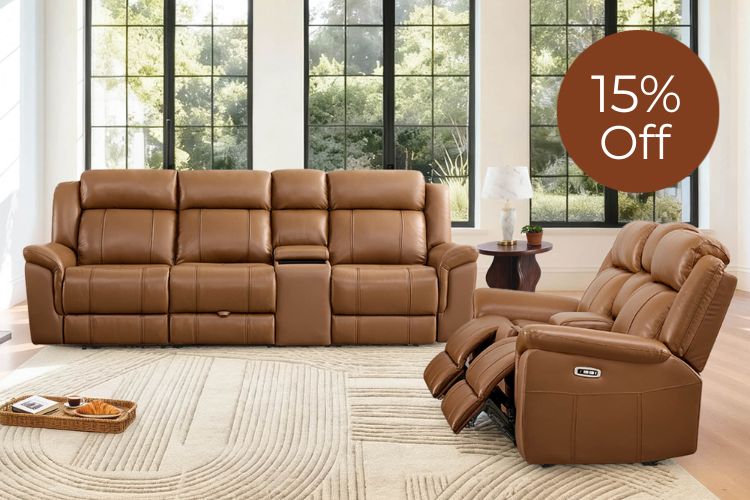
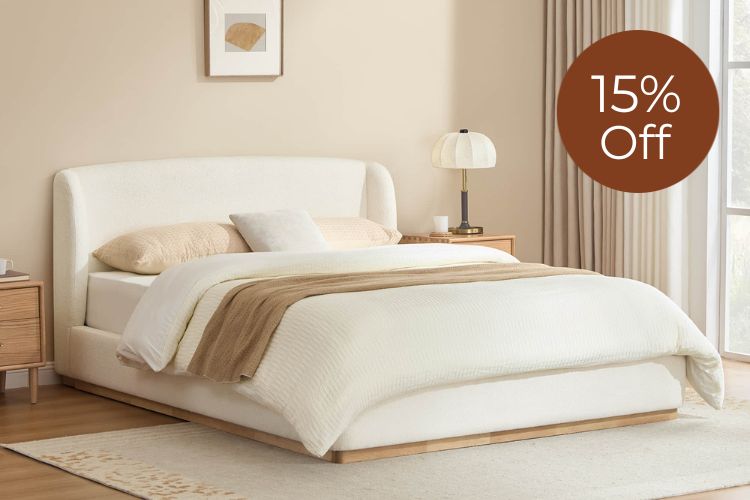
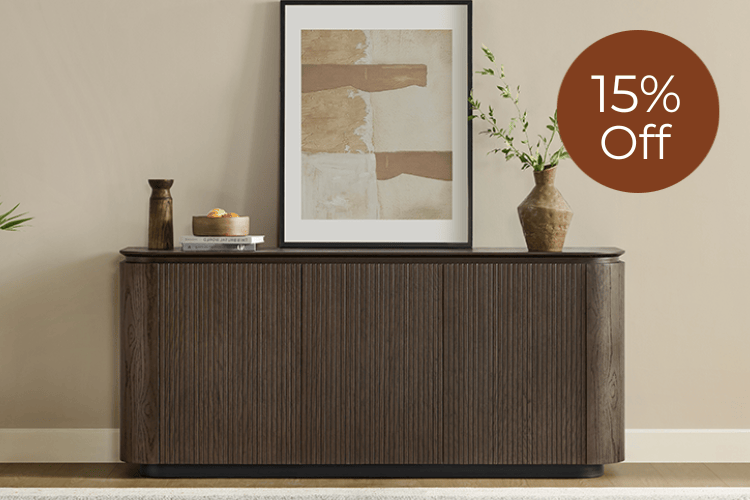
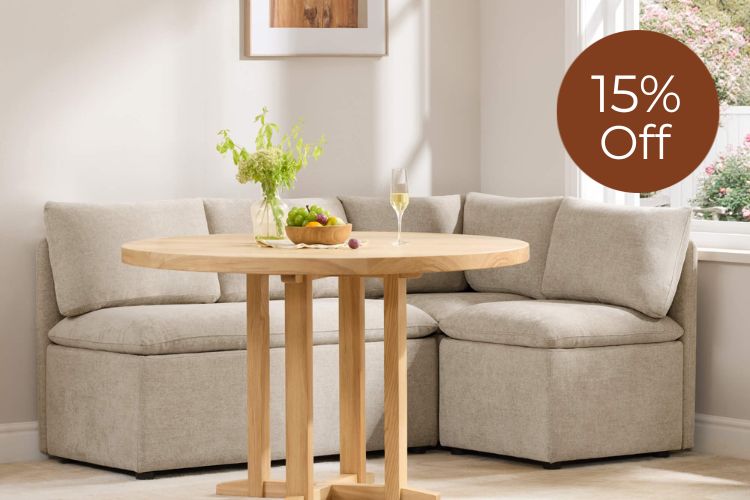
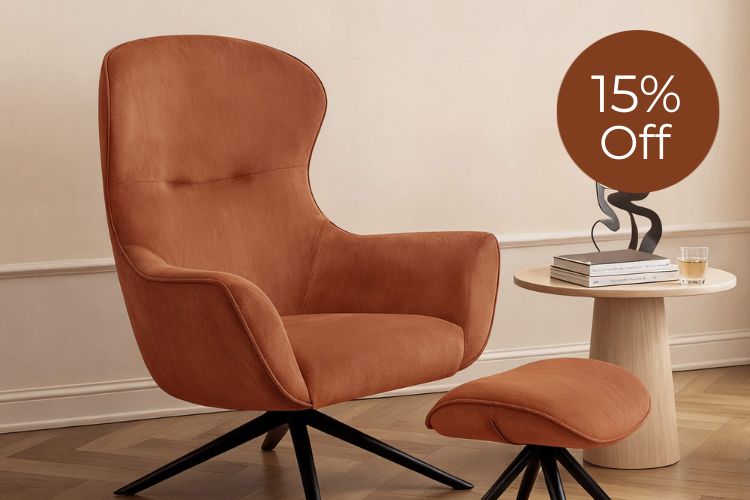
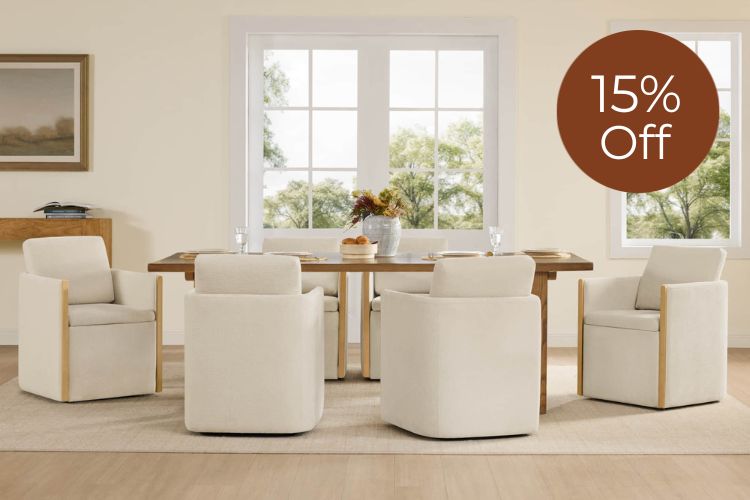
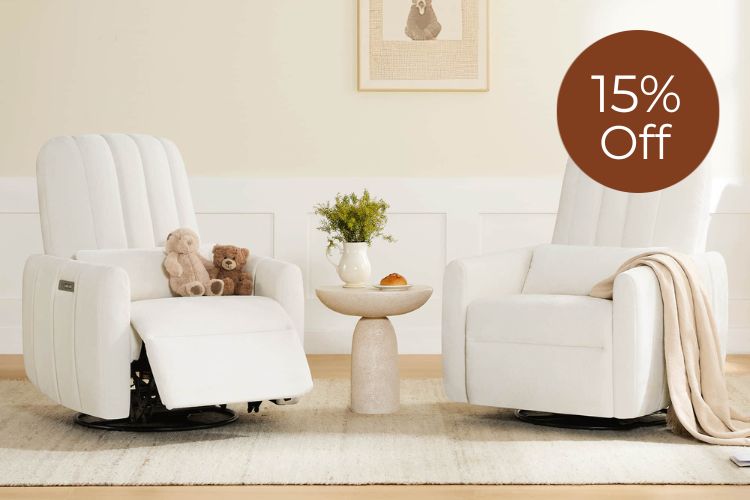
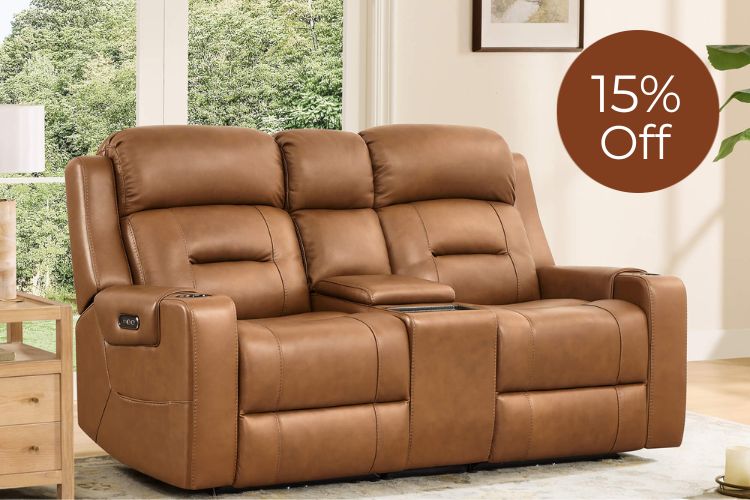


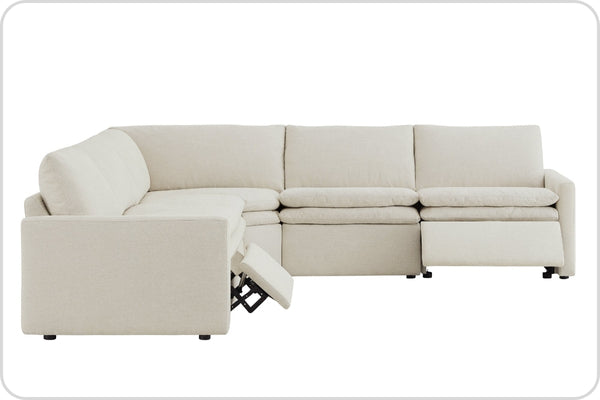
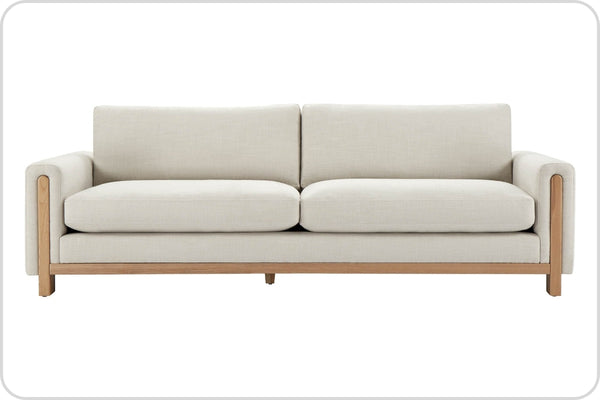
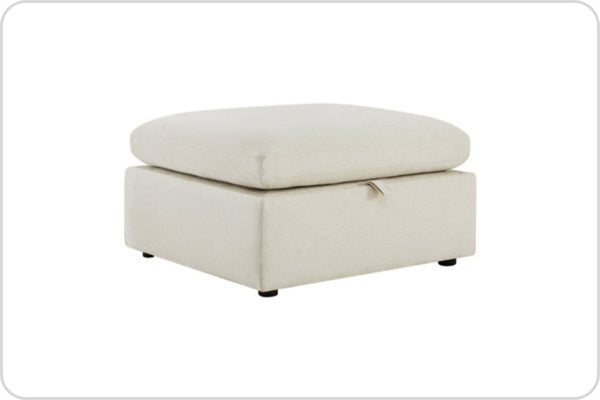
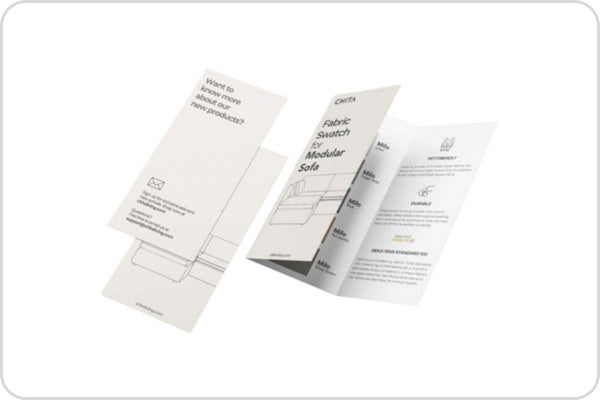

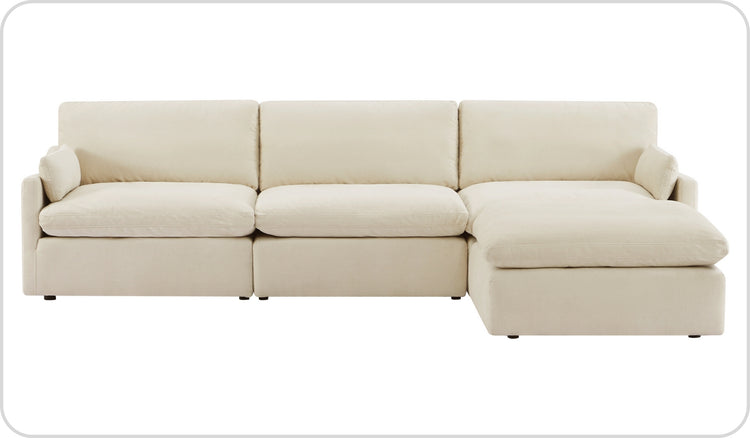

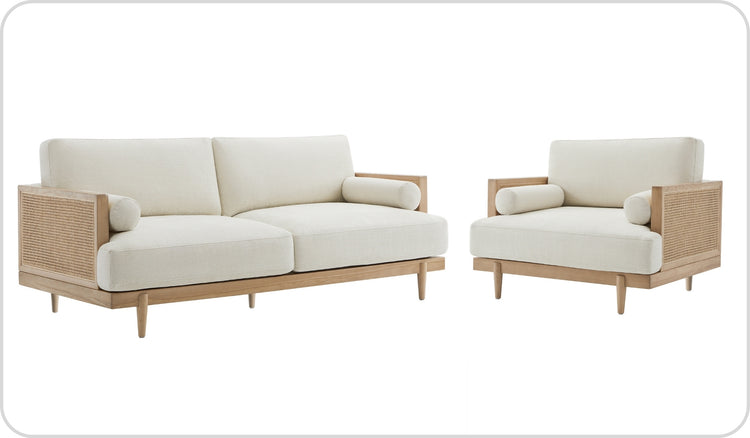




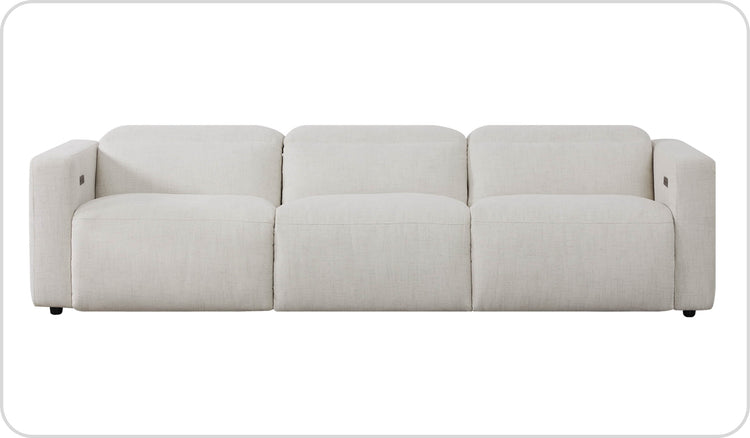



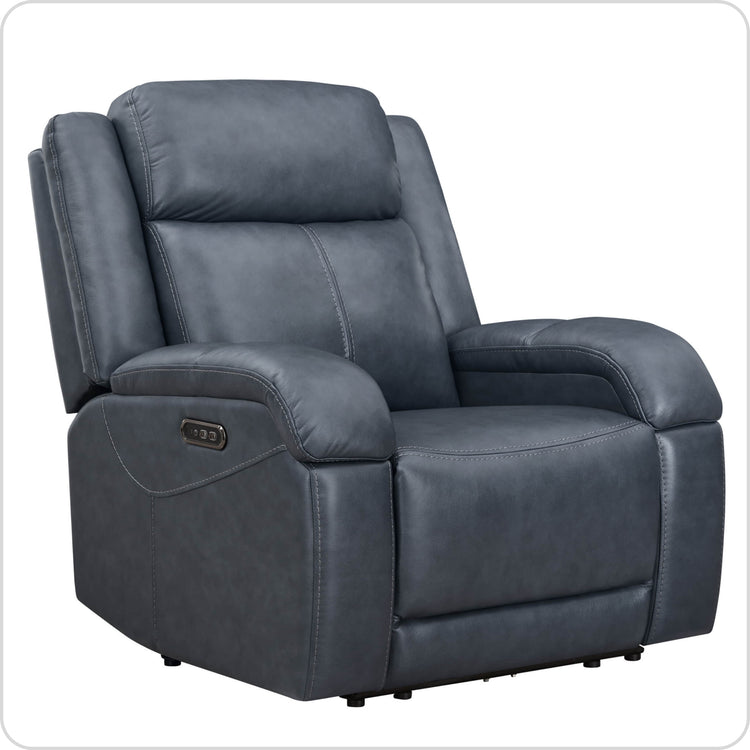
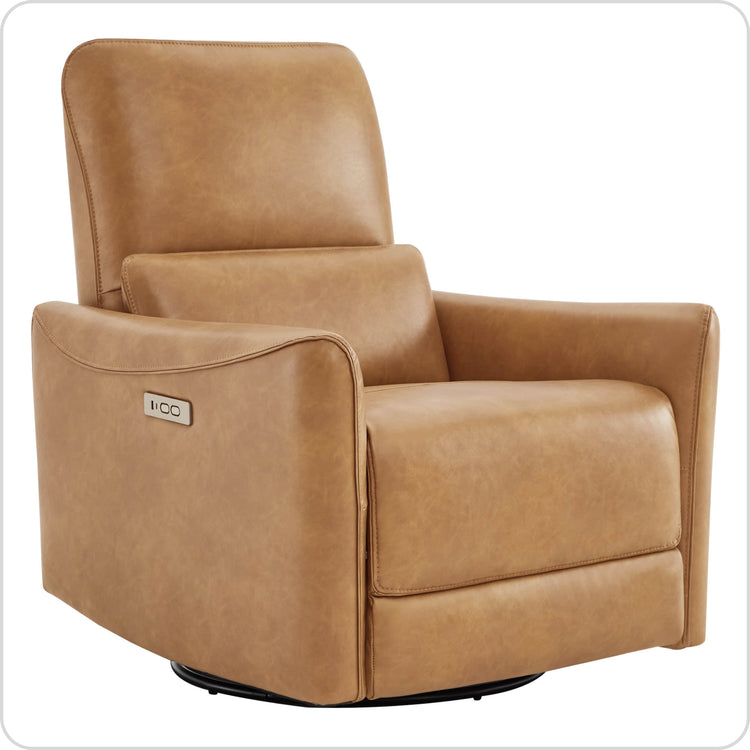



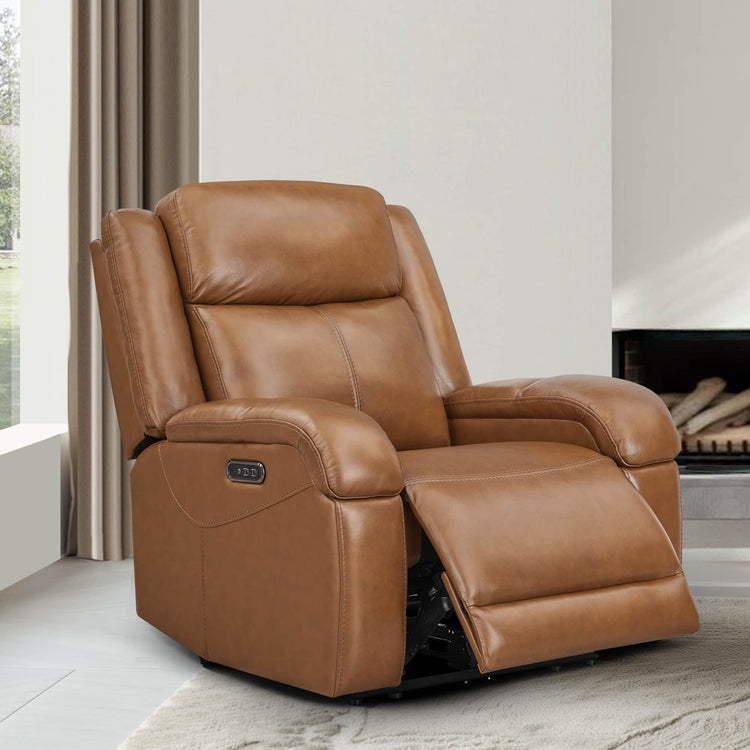

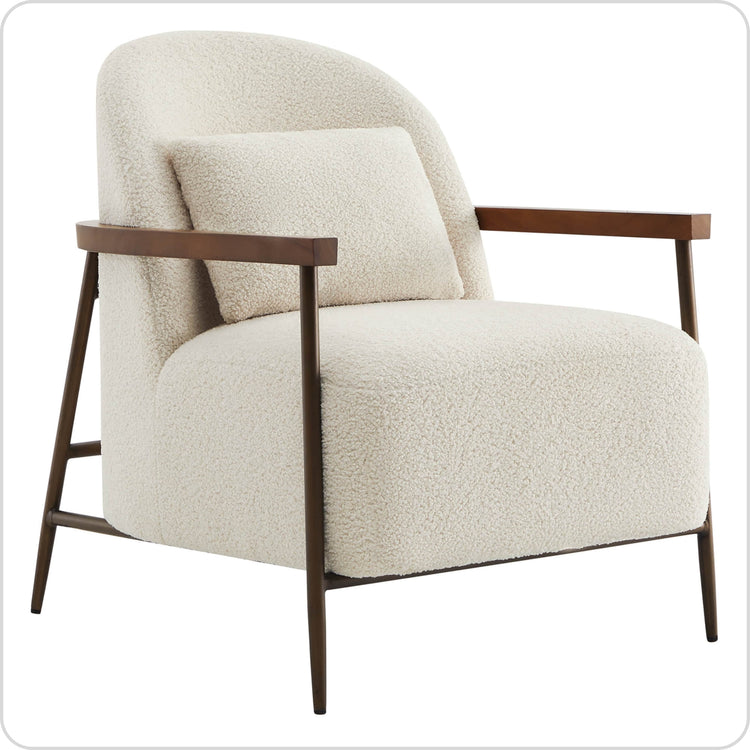
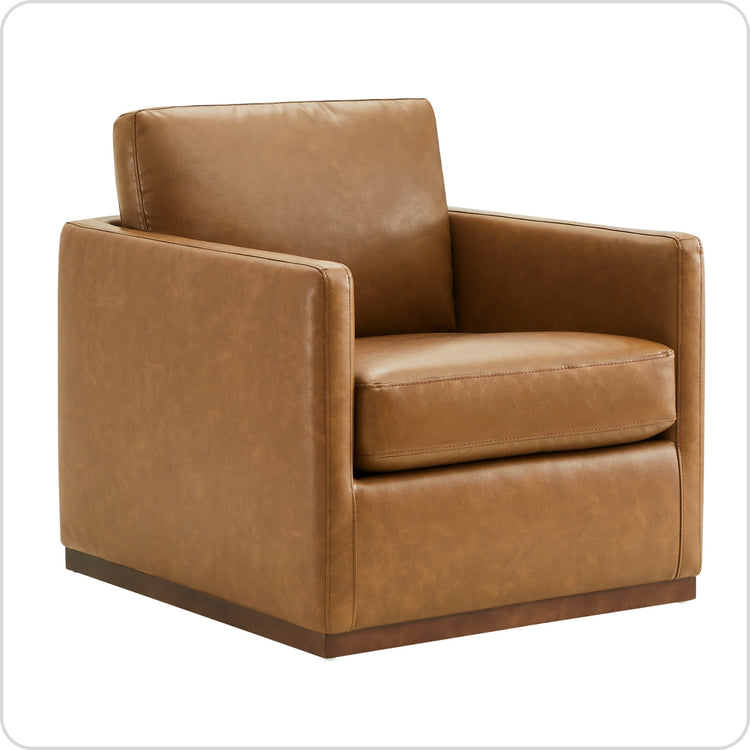

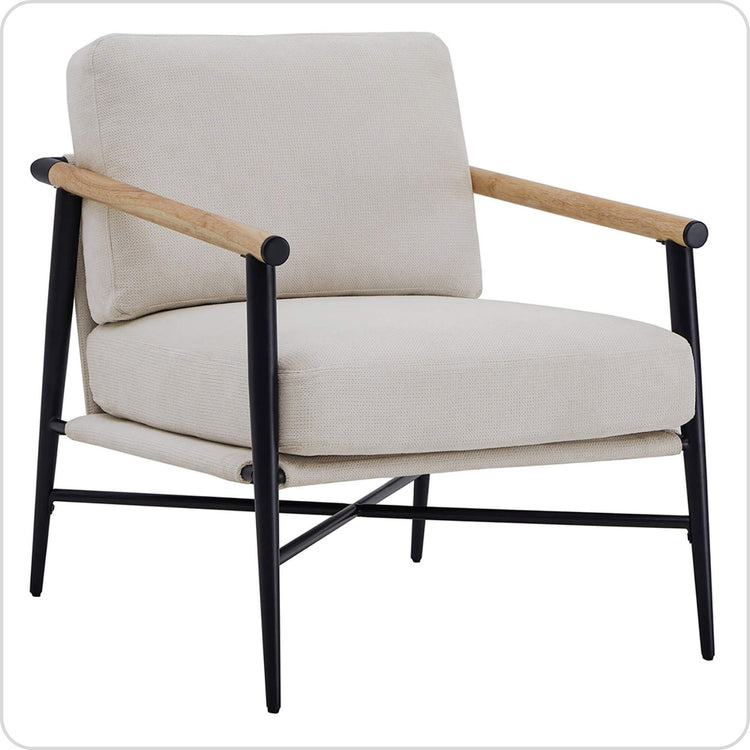
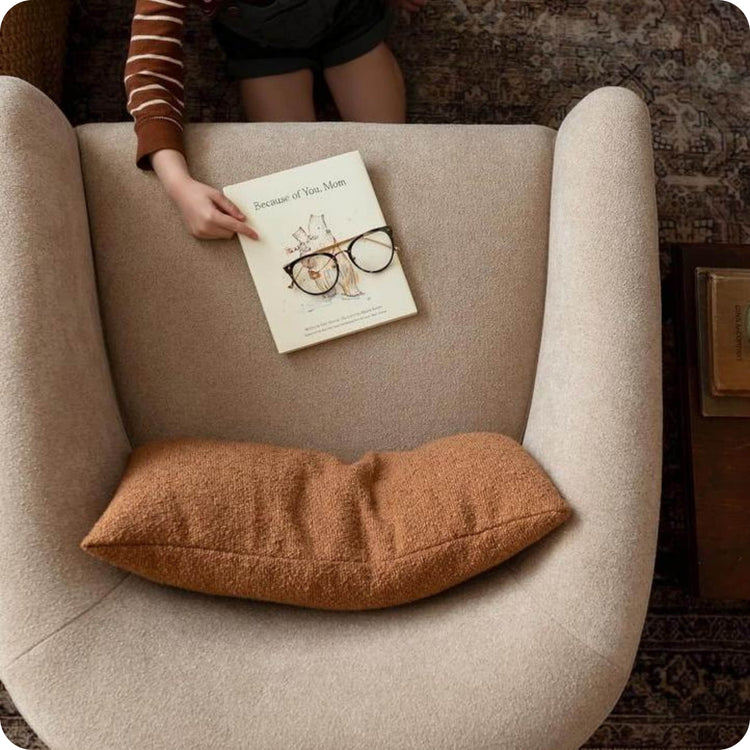
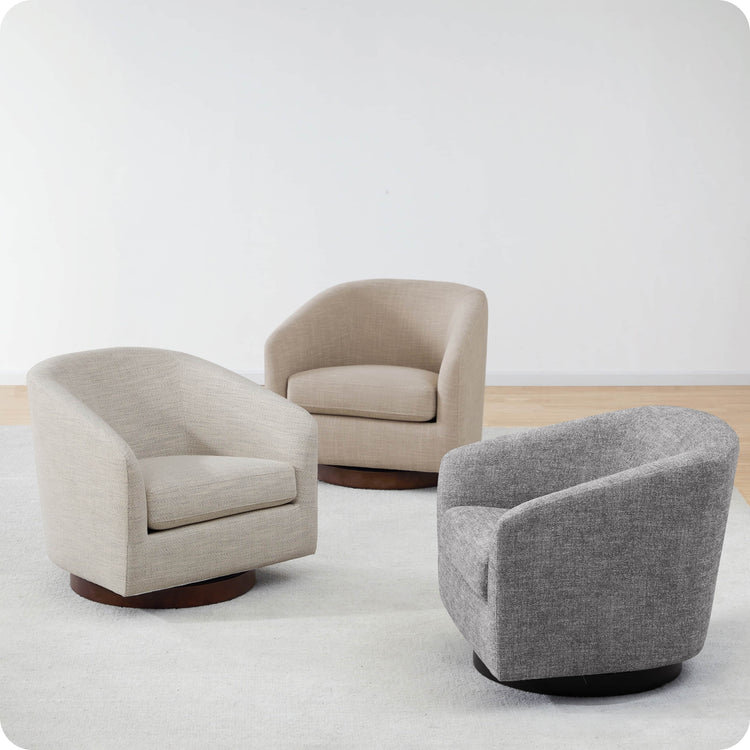



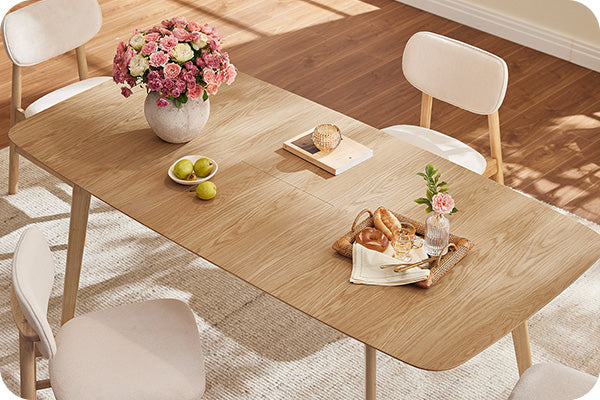

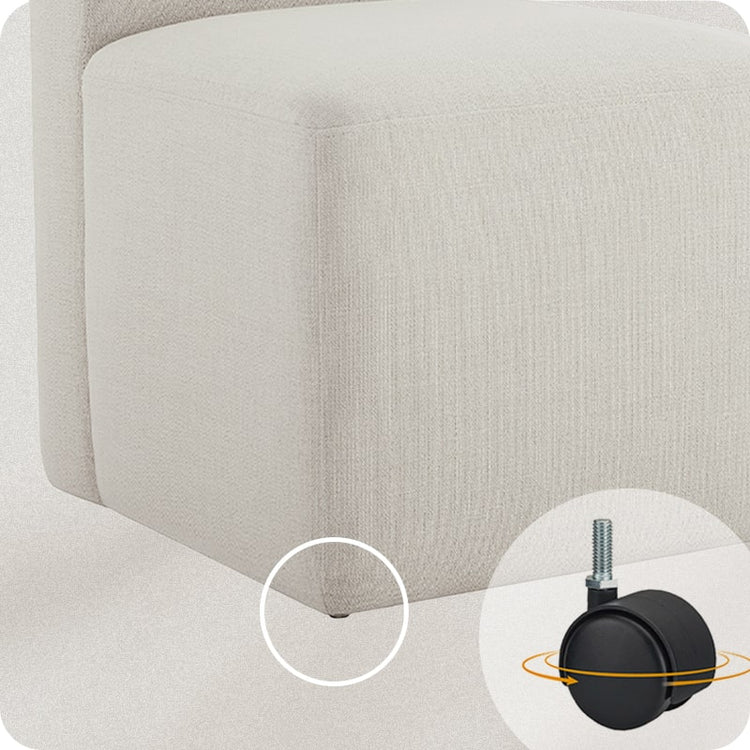
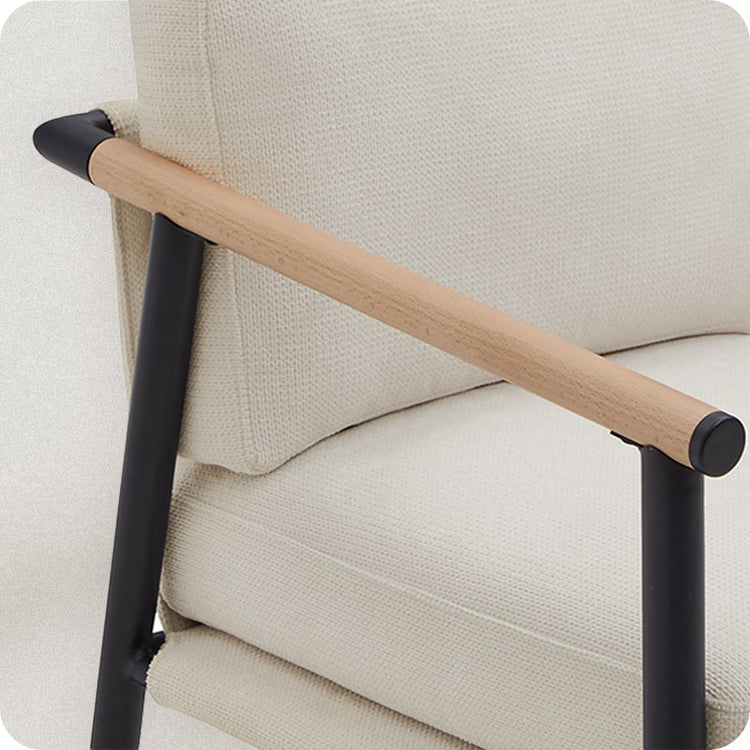
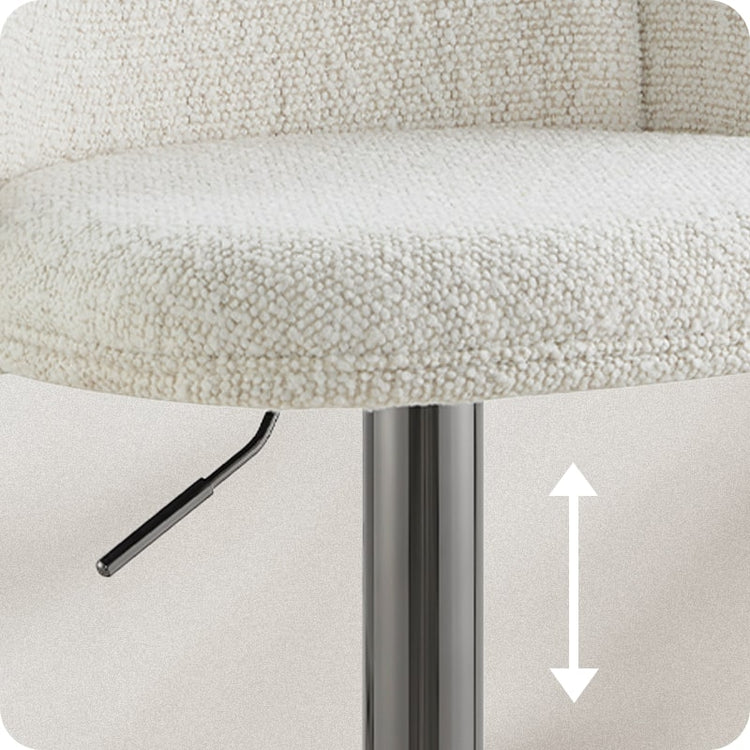

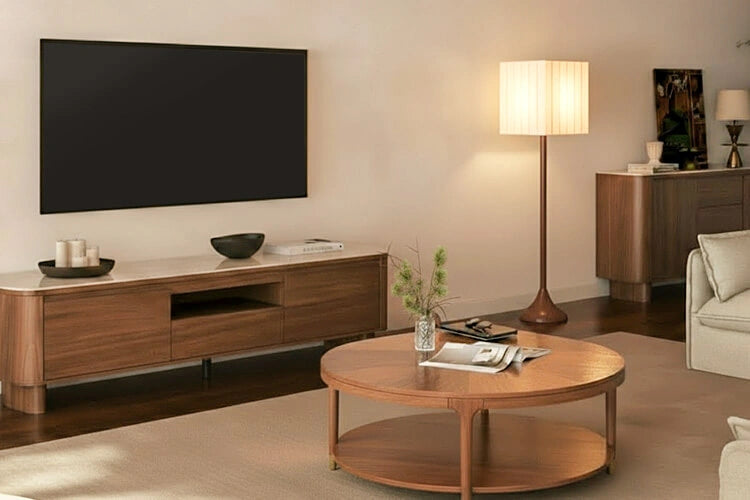
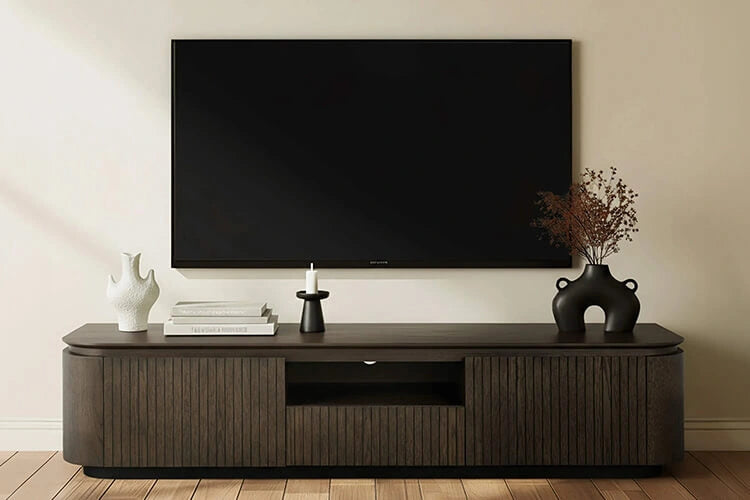
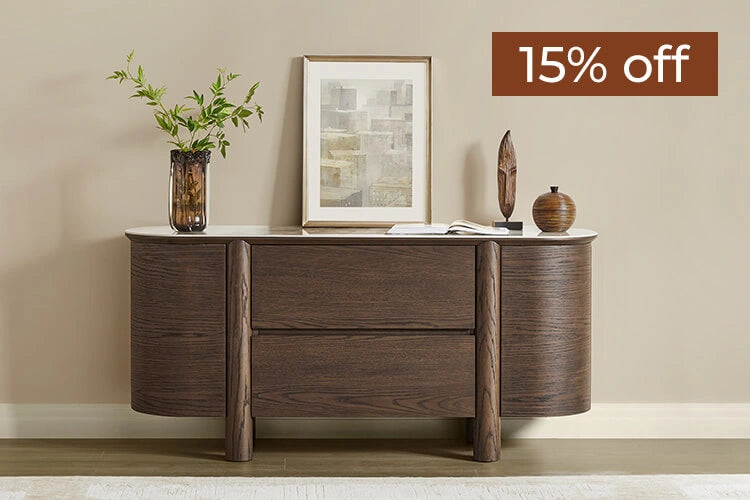


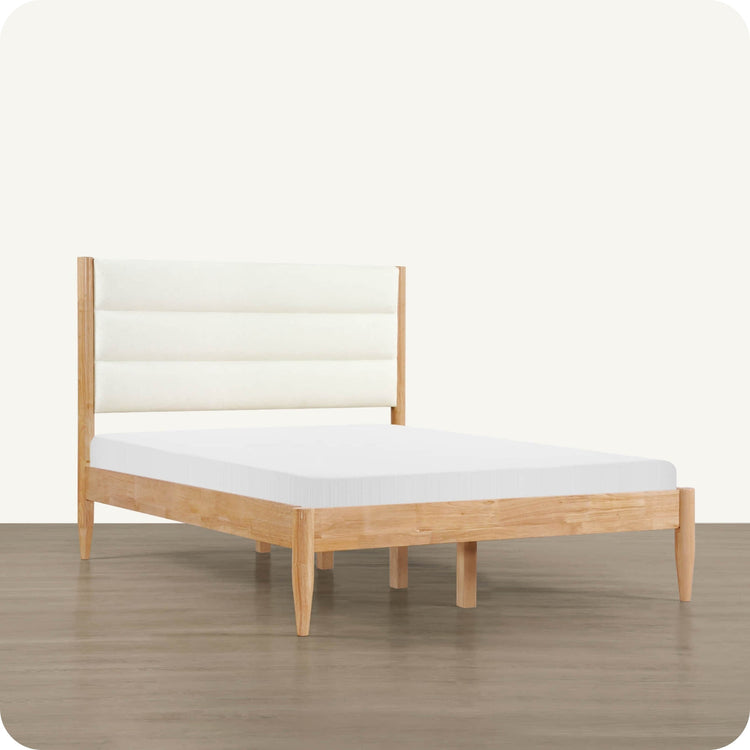

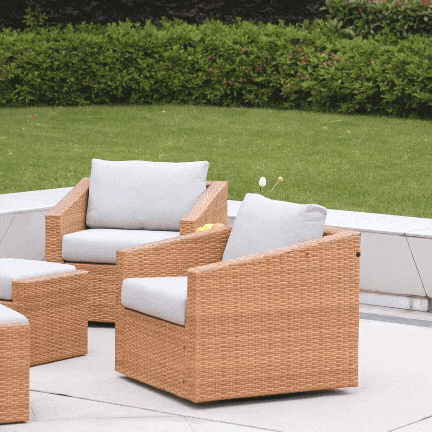
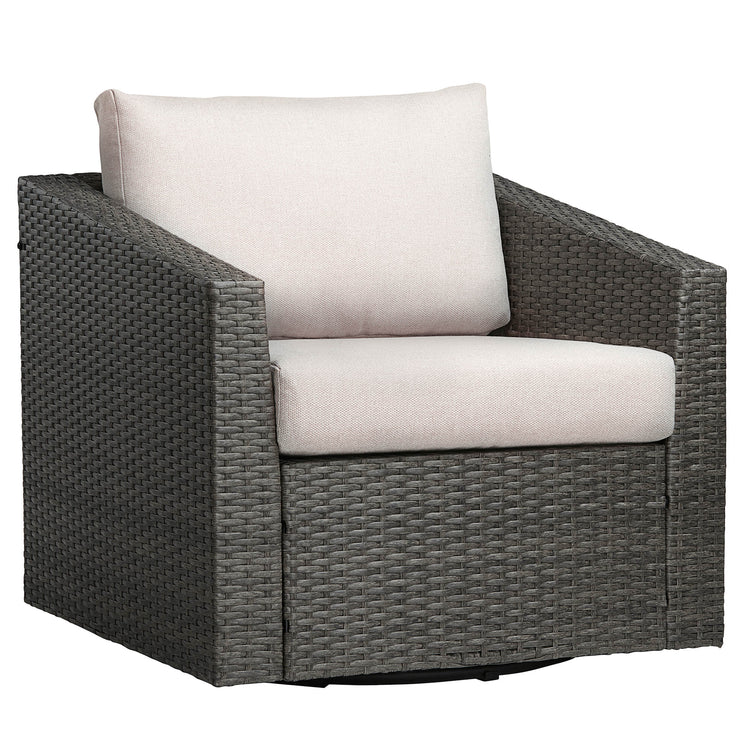

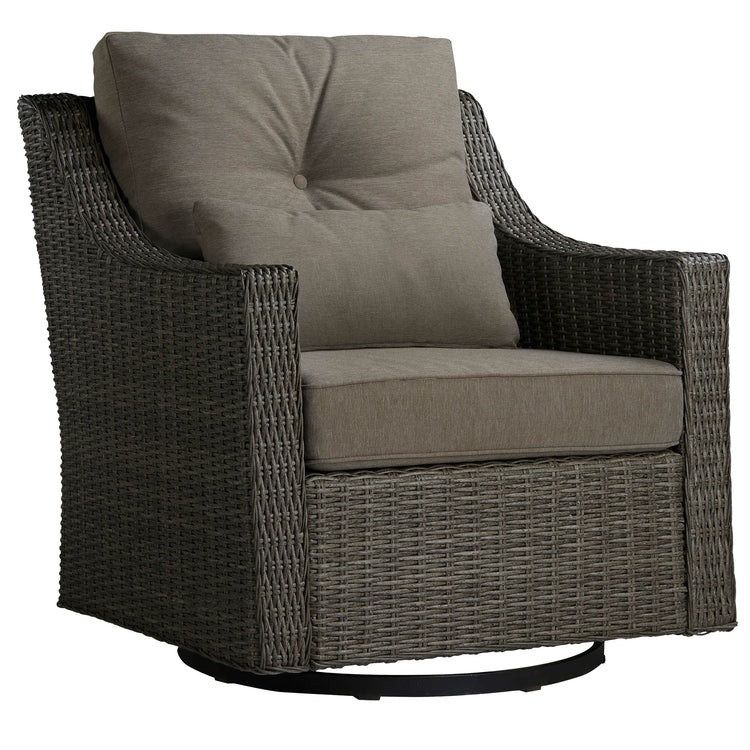

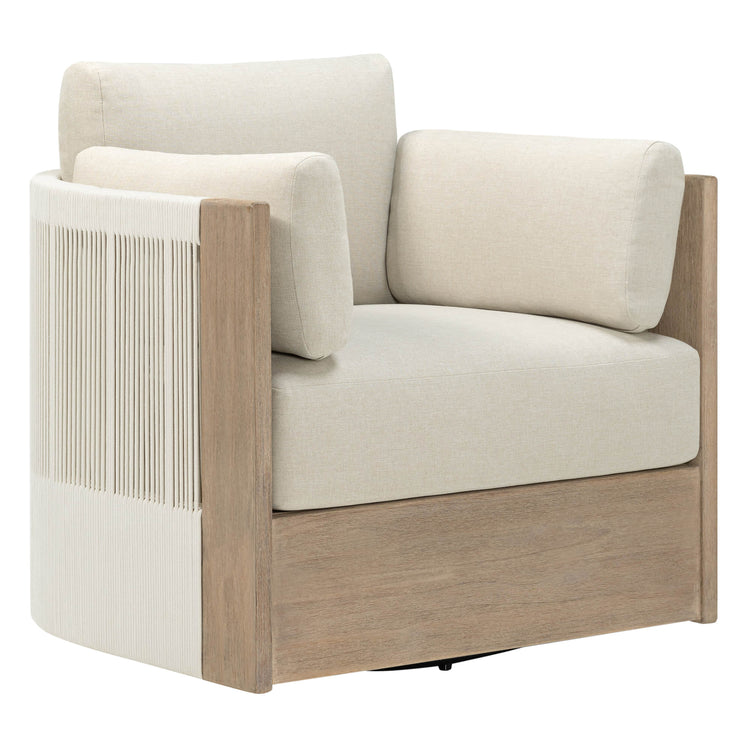

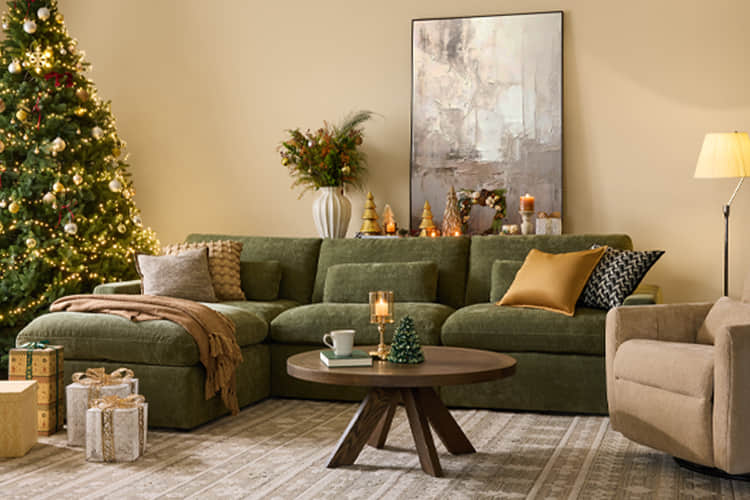




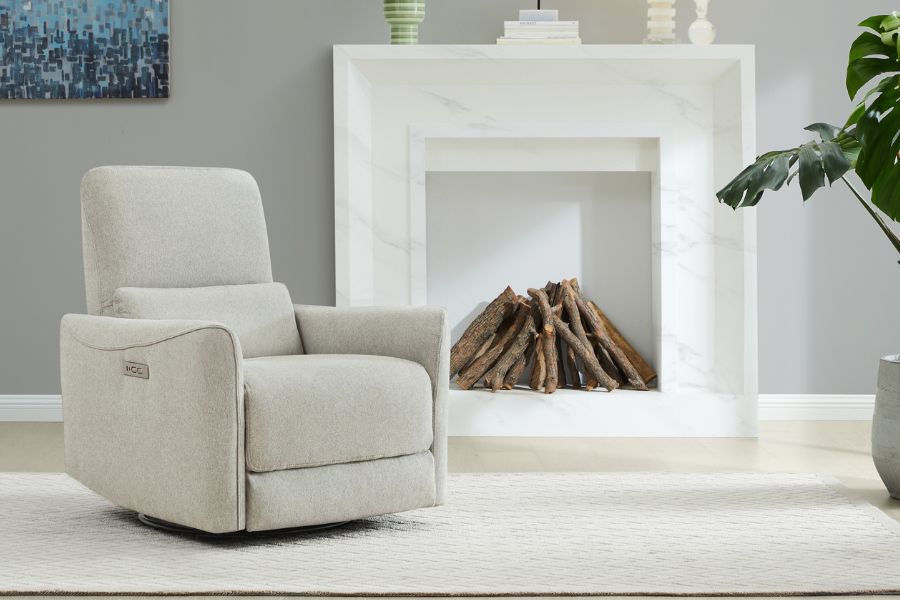
2 comments
I just bought a Chita Elvin chair and the chair only recline by a few niches (about 5 degree) from the upright position. Also, the chair starts to recline by itself without any pulling of the recline lever. Please provide info on how to adjust or inspect for damage. Thank you.
I just bought a Chita Elvin chair and the chair only recline by a few niches (about 5 degree) from the upright position. Also, the chair starts to recline by itself without any pulling of the recline lever. Please provide info on how to adjust or inspect for damage. Thank you.